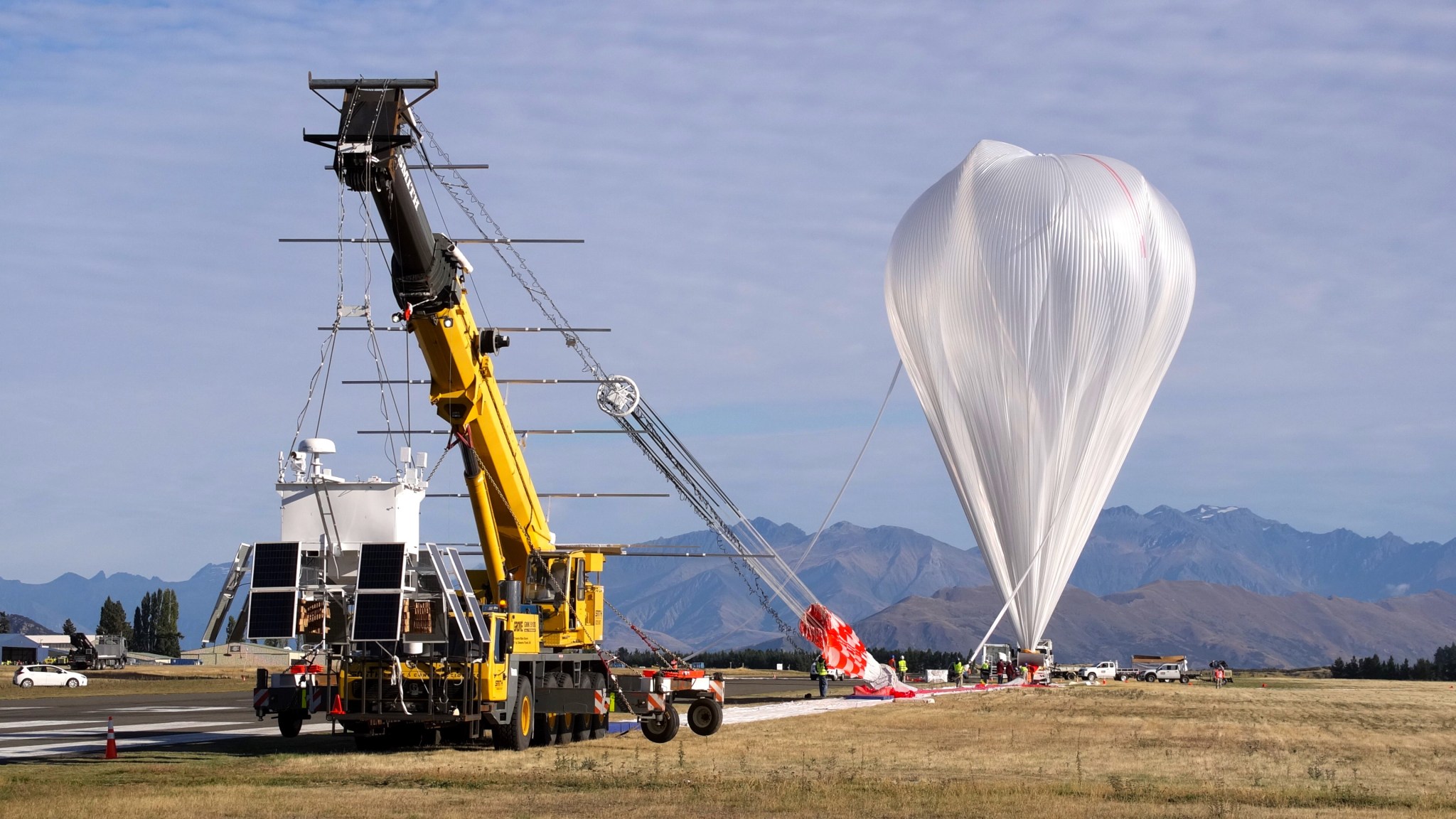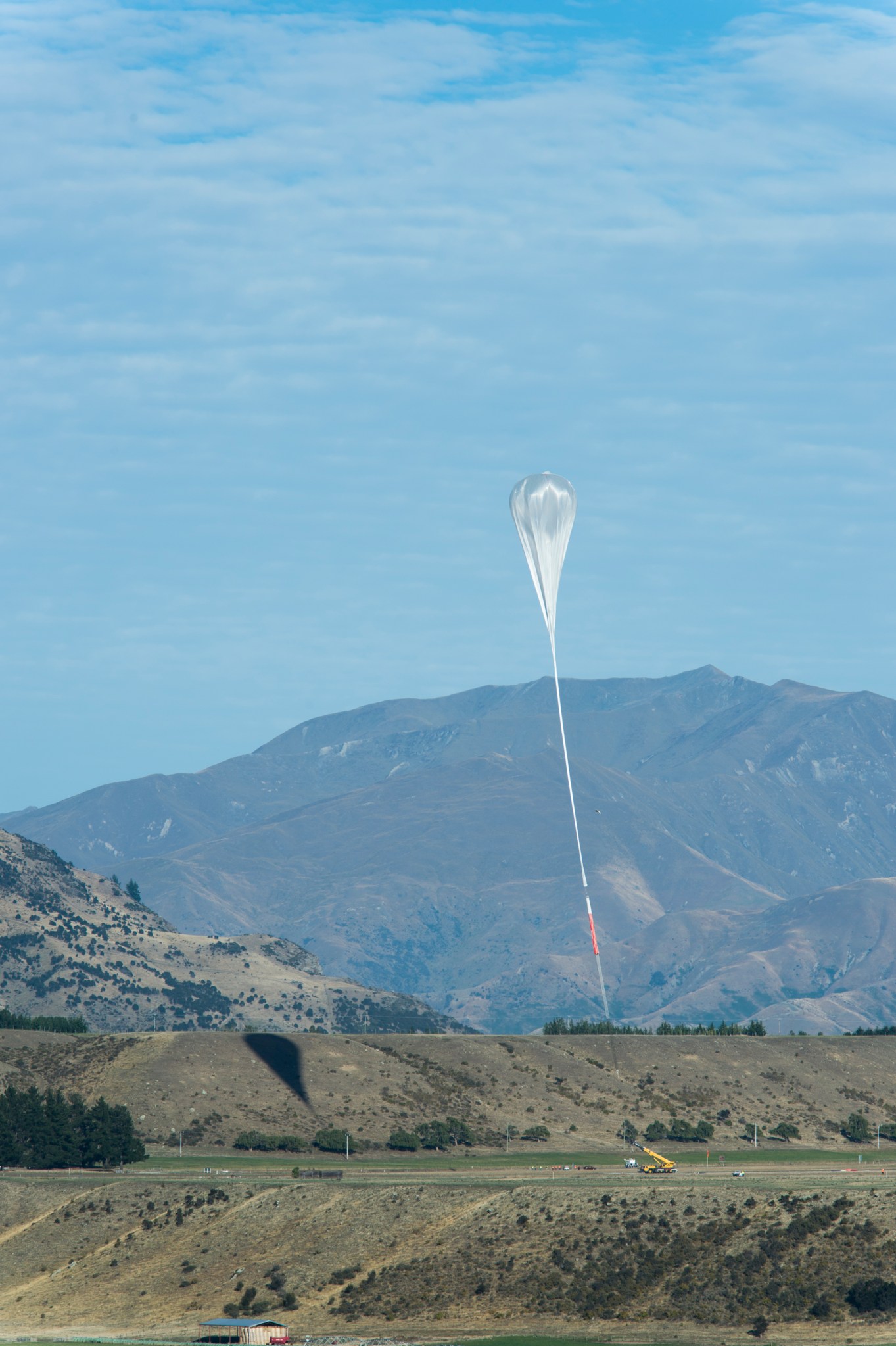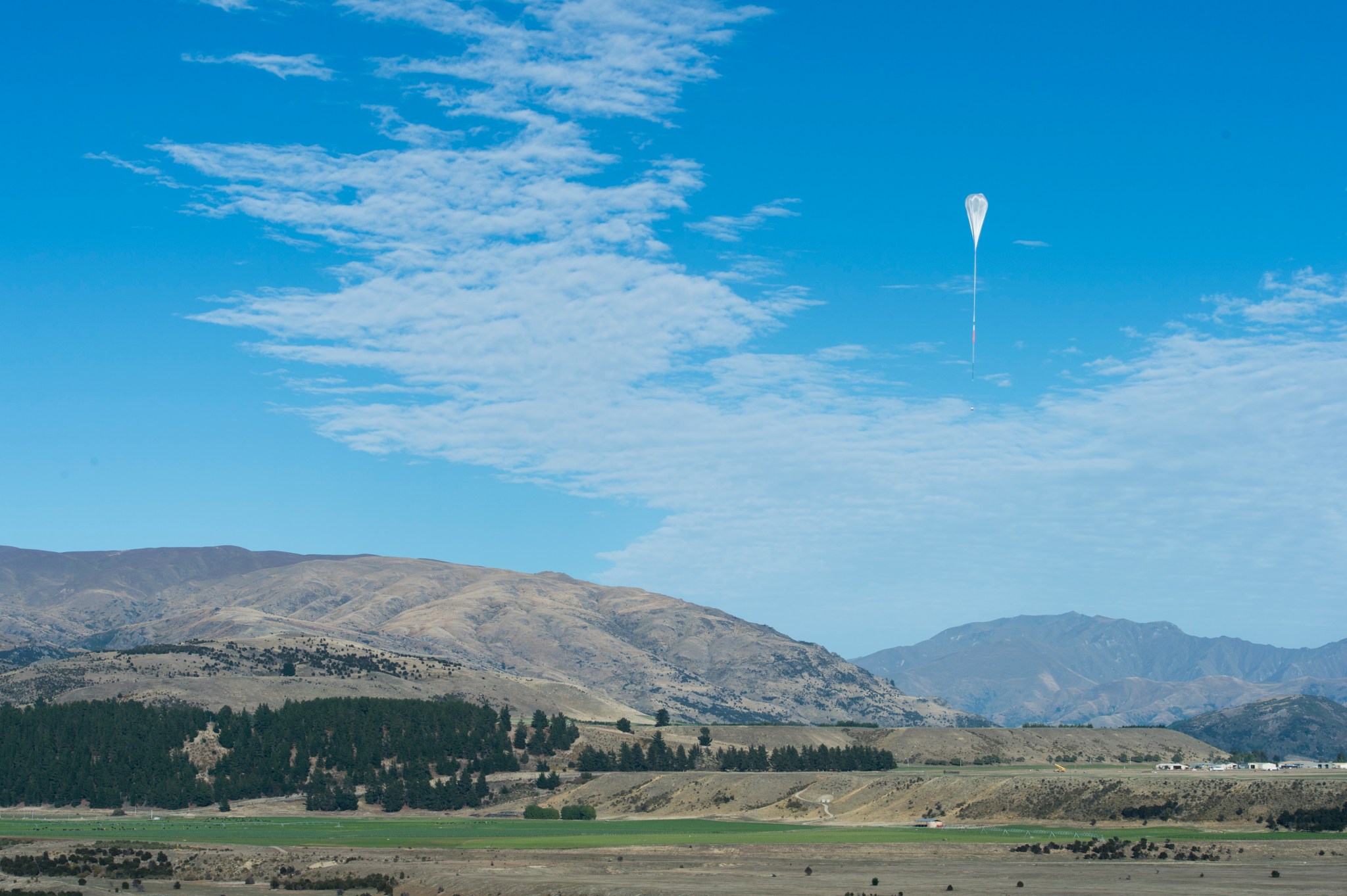WANAKA, New Zealand – A NASA super pressure balloon launched at 10:12 a.m. March 27 (5:12 p.m. EDT March 26) from Wanaka Airport, New Zealand, on a journey that will significantly expand the envelope for conducting near-space scientific investigations.
Flight managers seek to break the current SPB flight duration record of 54 days while maintaining a constant float altitude.
The science and engineering communities have previously identified long-duration balloon flights at constant altitudes as playing an important role in providing inexpensive access to the near-space environment for science and technology. The SPB can carry a payload weighing several tons to an altitude above 99.5 percent of the Earth’s atmosphere.
“From initial concept to today, this balloon launch has been 15 years in the making,” said Debbie Fairbrother, chief of NASA’s Balloon Program Office and principal investigator for the SPB. “Launch operations were very smooth and initial check-outs on the balloon look good. The support from New Zealand, and in particular, the Wanaka Airport and surrounding community has been absolutely superb.”
“It’s been a privilege to support NASA over the past few years in establishing Wanaka as a viable site, and our team is absolutely delighted to see it culminate in a successful launch today,” said Ralph Fegan, Wanaka Airport Operations Manager. “The project has provided fantastic exposure for our region and the country, so we’re hoping it’s the start of a good long-term working relationship.”
Orbital ATK supported NASA’s scientific balloon launch through program management, mission planning, engineering services and field operations. The program is executed from the Columbia Scientific Balloon Facility (CSBF) in Palestine, Texas. The Columbia team has launched more than 1,700 scientific balloons in over 35 years of operation. The launch marks the first achievement for Orbital ATK in scientific balloon operations since NASA awarded the contract to the company in November 2014.
“Today’s successful launch demonstrated the value of an experienced and dedicated team that will help maintain Wallops Flight Facility’s position as the world leader in scientific ballooning operations. These long duration balloon flights help provide critical scientific data, create new technologies and trigger new discoveries,” said John Pullen, General Manager, Technical Services Division of Orbital ATK’s Space Systems Group. “The NASA/Orbital ATK team worked together seamlessly to provide the right combination of scientific ballooning and technical expertise.”
As the balloon travels around the Earth, it may be visible from the ground, particularly at sunrise and sunset, to those who live in the southern hemisphere’s mid-latitudes, such as Argentina and South Africa. Anyone may track the progress of the flight, which includes a map showing the balloon’s real-time location, at:
http://www.csbf.nasa.gov/newzealand/wanaka.htm
For more information on the NASA Scientific Balloon Program, visit:





























